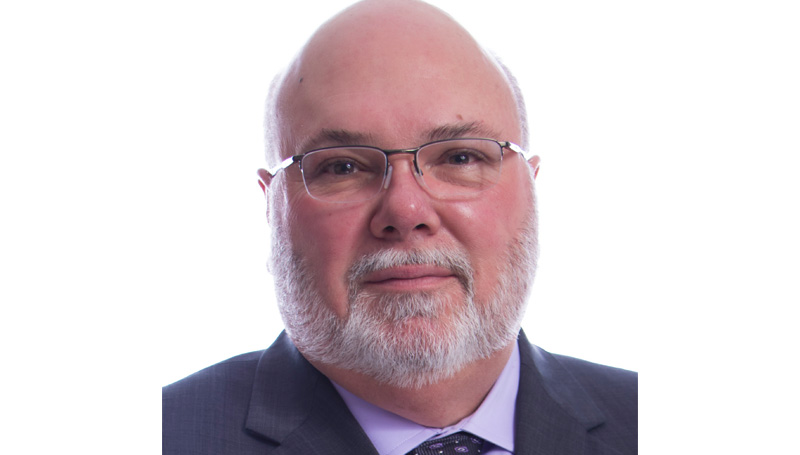
The Future of Healthcare Budgets Starts with Strategy
Healthcare is a constantly changing industry.

Healthcare is a constantly changing industry.

Tornado season takes place from February to March in the South and April to June in the Plains and Midwest.

The $400 billion healthcare construction industry has seen its fair share of change over the years.

First identified in the U.S. in January 2020, the coronavirus has created massive changes in the country, as cases skyrocketed from single digits to millions in a matter of months.

There was a time when doctors came to the homes of patients so often that the term “house call” effectively entered the language during the early decades of the last century.

Medxcel Vice President, Program Development, Support and FM Compliance Officer Larry Lacombe is quick to stress the importance of regulatory compliance in the healthcare field.
Medxcel is connecting its emergency management teams to FirstNet — public safety’s dedicated communications platform.

Health Affairs reports that 81 percent of US physicians in four common specialties reported they spend more time and effort dealing with quality measures than three years ago.

When it comes to design, pediatric healthcare units are different.

Hospitals are commonly regarded as a safe place among patients and caregivers, where services never cease, and staff is continuously effective — but what happens when disaster strikes?